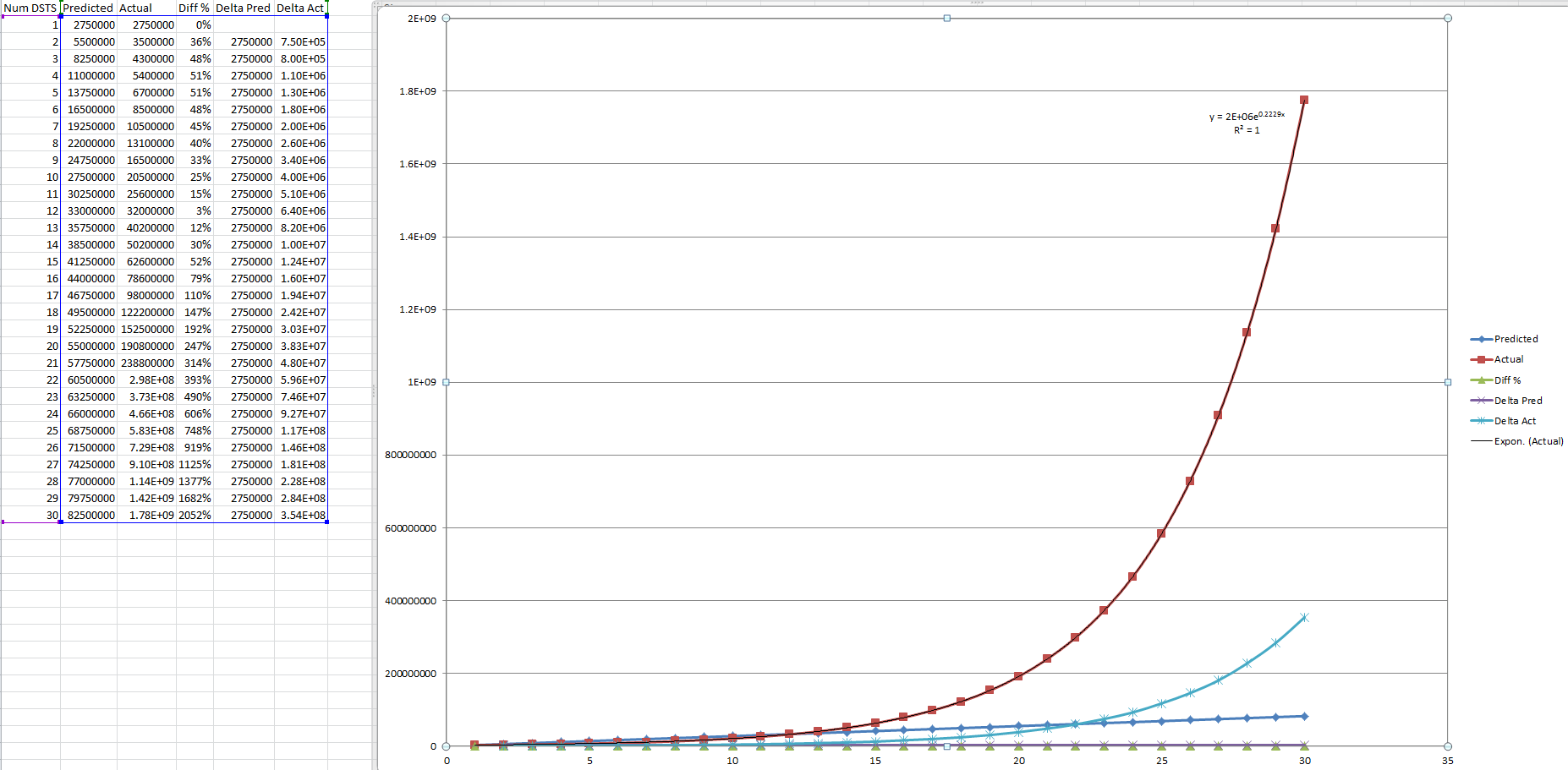Posted by: alex_brunius
« on: August 11, 2013, 07:21:34 AM »I can agree with having strong sensory installations on a major planet or colony, but I think DSTS should be... exactly that. Deep space tracking stations. I want my listening posts on the moons of saturn to pick up stuff coming in from deep space. (of course mostly for RP reasons only, and in other very spread out systems listening posts on asteroids or comets in the interstellar gulf could still give you an acceptable early warning system.)Suggestion for future versions of Aurora:
Reduce detection efficiency on DSTS based on disturbance from same body thermal/EM emissions and atmosphere. Just like on earth astronomers have a very hard time detecting stars.




